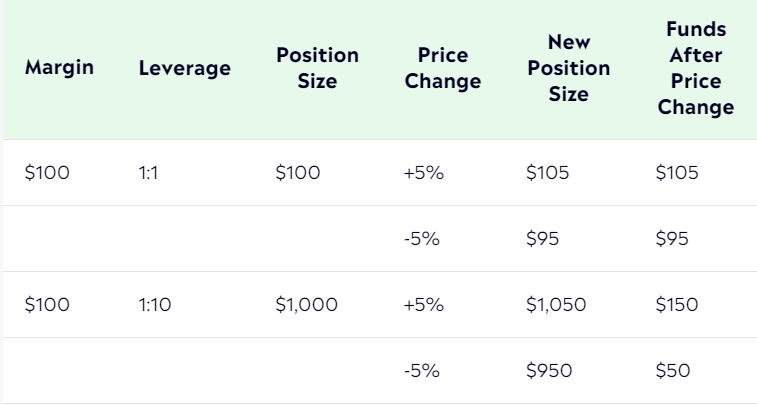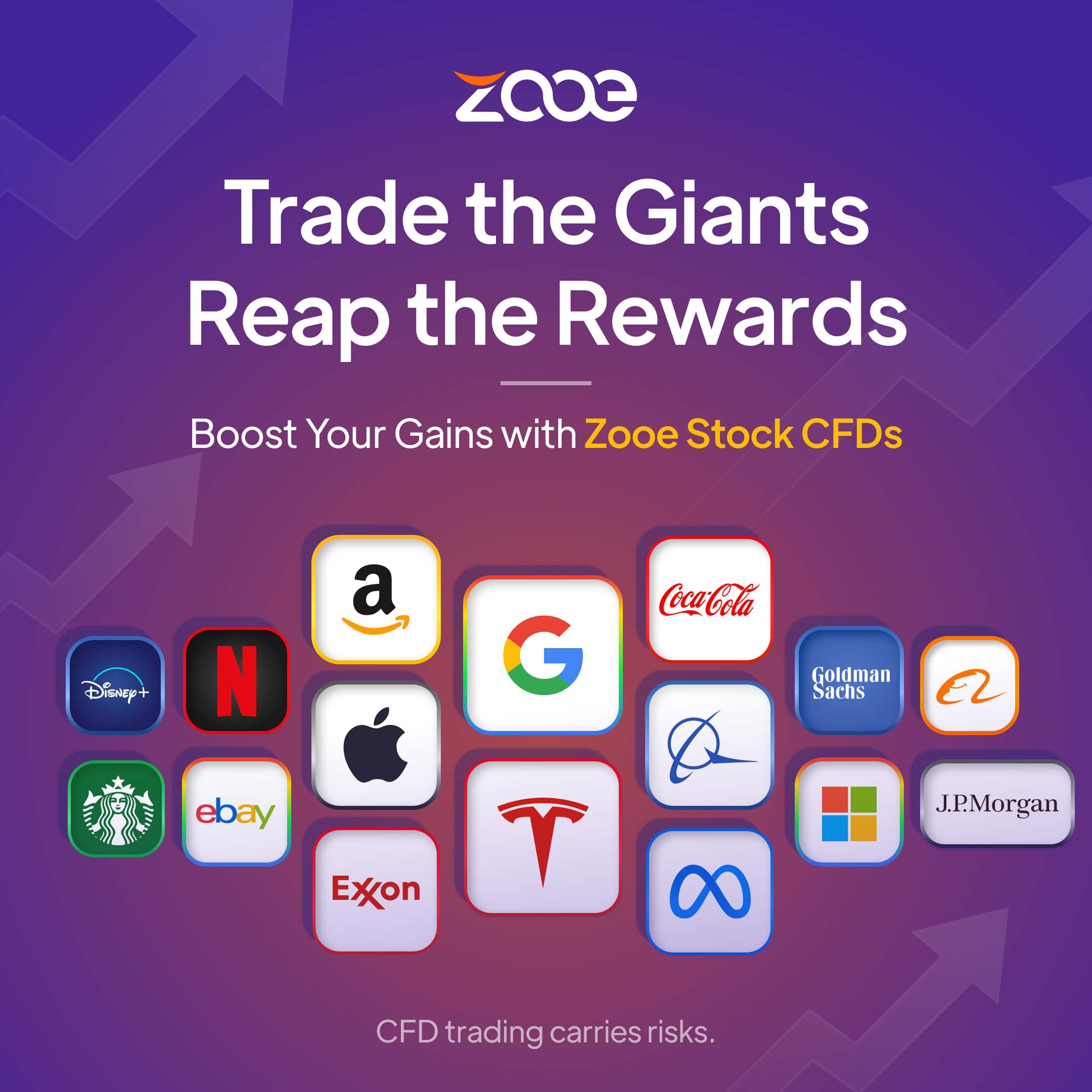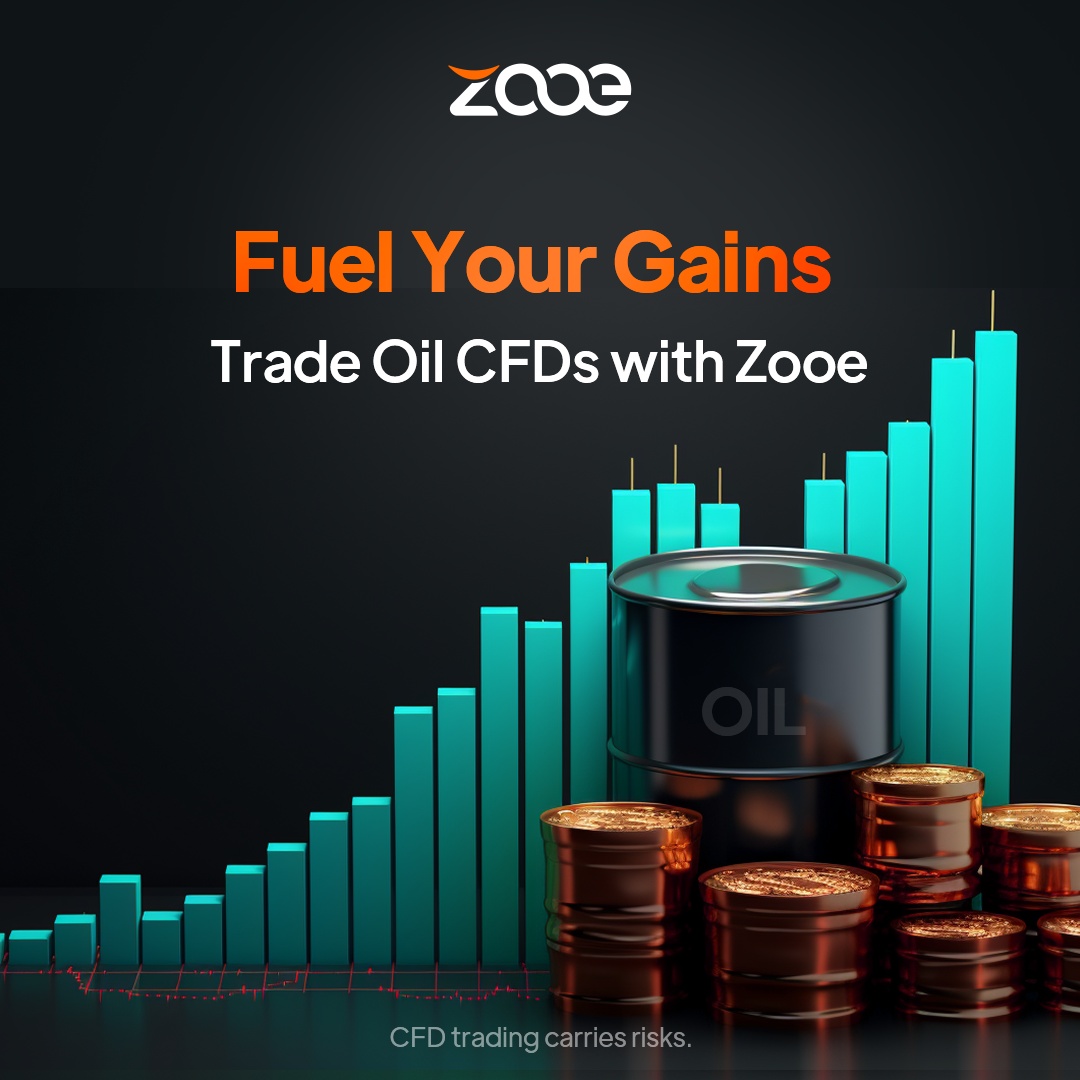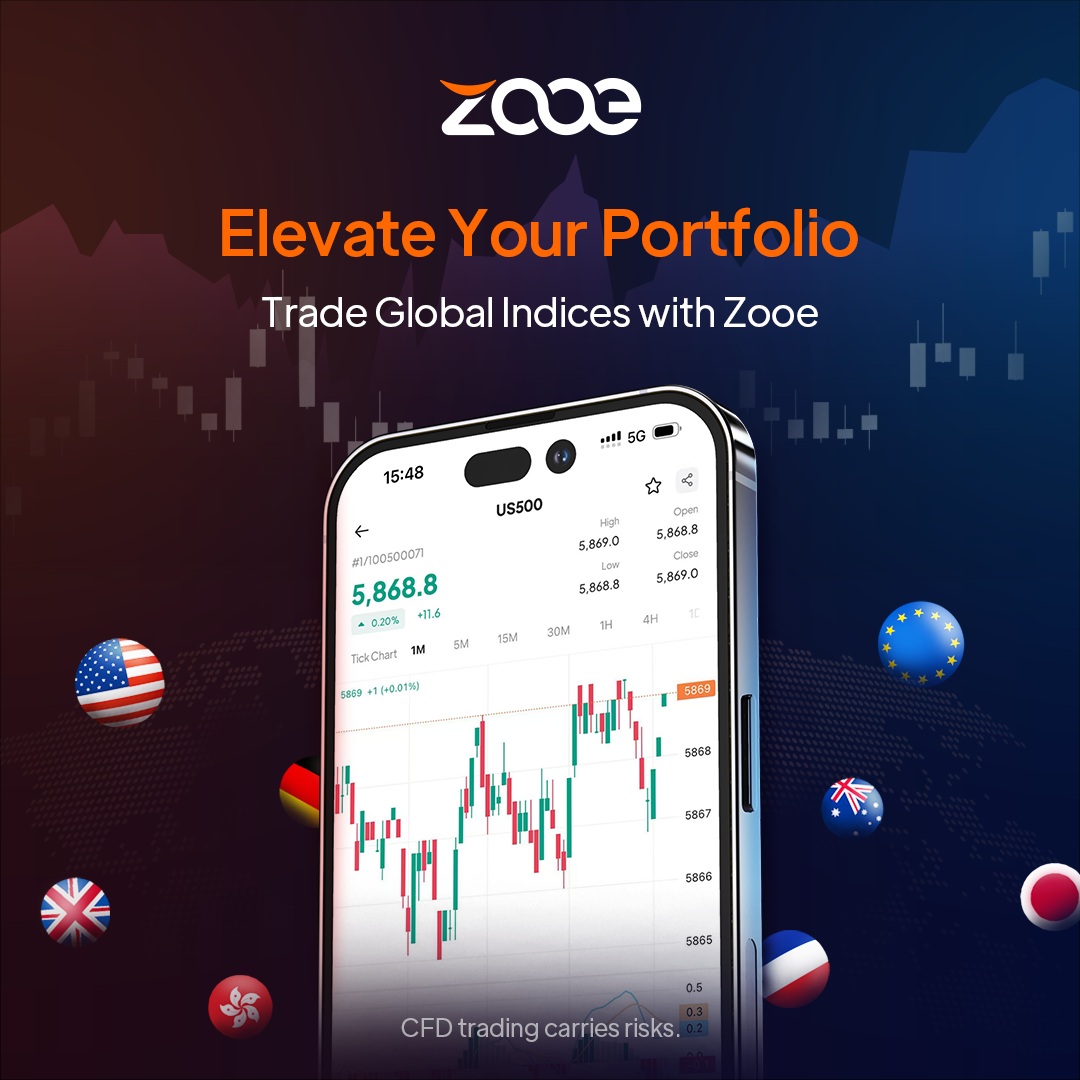A Comprehensive Guide to Understanding Contracts for Difference (CFDs): Key Terms and Concepts Explained by ZOOE

What exactly is a Contract for Difference (CFD), and how does CFD trading work? This guide introduces you to the non-traditional method of trading known as Contracts for Difference (CFDs) in a straightforward and comprehensible manner.
CFDs allow retail investors to trade various financial assets, offering the opportunity to explore a broader range of investment options while also facing the risks involved.
What are Contracts for Difference?
A Contract for Difference (CFD) is an agreement between a trader and a broker, stipulating that one party must pay the other based on the direction of the price movement of an asset. The payment amount is calculated based on the difference (“spread”) between the opening and closing prices of the trade.
CFD trading involves trading on the value of the underlying asset without involving the asset itself. The derivative nature of CFDs makes them highly versatile. The CFD market, which originated in the 1990s, has now grown to be worth billions of dollars.
Why Trade CFDs?
Since CFDs do not require owning the underlying asset, traders can access interesting trading functionalities.
Market Coverage of CFDs
Many assets have CFD trading options, such as stocks, indices, forex, and commodities. CFD instruments in these markets are user-friendly and more cost-effective for investment users. Regardless of the market investors are interested in, the predetermined trading process remains the same.
Short-selling CFDs
When you believe the market is overvalued, you can “short” the market using CFD trading, turning downward price movements to your advantage and profiting without adhering to the traditional “buy and hold” method. A short position can also be protected by setting stop-losses to manage risk and mitigate losses.
Leveraged CFD Trading
Leverage allows you to magnify the size of your position and risk-reward. Leveraged trading uses cash in your brokerage account as collateral, called margin, where you only need to invest a percentage of the position’s cost. With leveraged trading, potential profits or losses are calculated based on your total position, not just the margin.
For example, in a CFD trade on oil, if you invest $100 using 10x leverage, your total position size is $1,000. If oil prices rise by 5%, your position value would be $1,050, netting a profit of $50. If the price drops by 5%, your position value becomes $950, resulting in a $50 loss. If you had made the same trade without leverage, your profit or loss would be $5. Leverage amplifies both your profits and losses, so it should be used with caution.

Indeed, CFD functionalities necessitate considering risk management and incorporating risks appropriately into your investment plan through in-depth research.
How to Trade CFDs?
Traditional investment typically follows a simple “buy low, sell high” strategy. Although CFD trading also adheres to this pattern, investors can utilize another approach to try profiting from market trends, which is “sell high, buy low.”
If you buy a CFD on Apple Inc. (AAPL) stock and the price increases, your broker will credit your account based on the price movement. If the price falls, you will incur losses. However, if you have established a short-selling CFD position, you will profit when the underlying asset’s price decreases.
Note: Leveraged trading might incur overnight financing costs. While these fees are not high, they should still be included in your strategic planning.
The principle of calculating profits and losses for CFD trading remains the same for all types of trading assets. Whether your CFD is on gold, GBP/USD, or the NASDAQ 100 index, you do not own the underlying asset but instead track how its price will move.
Conclusion
The additional functionalities provided by CFDs do not guarantee more accurate market direction predictions. However, CFDs indeed offer the opportunity to profit from price fluctuations and to magnify risk-reward through leverage. Remember, CFD trading involves risk, so your investment amount should not exceed what you can afford to lose.





